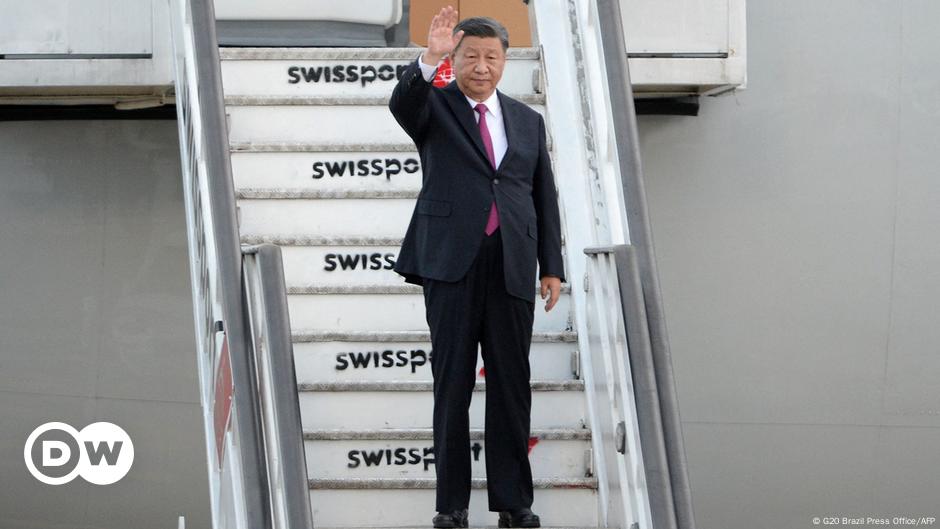Russia promised to continue testing its new ballistic missile on the battlefield as NATO leaders rushed to arrange an emergency meeting with Ukraine for Tuesday following the Kremlin’s debut of it latest weapon.
Russian President Vladimir Putin warned that Moscow had additional stockpiles of its new Oreshnik missile used to strike a military facility in the central Ukrainian city of Dnipro this week.
“We will continue these tests, including in combat conditions, depending on the situation and the nature of the security threats that are created for Russia,” Putin said in televised comments.
“Moreover, we have a stock of such products, a stock of such systems ready for use.”
Moscow said Thursday’s hair-raising attack was retaliation over a pair of attacks Ukraine carried out earlier in the week, using long-range US and British-made missiles. Kyiv pleaded for months for approval from its Western allies to launch the weapons directly into Russia, while US leaders feared it would escalate the conflict.
“The Russian side has clearly demonstrated its capabilities, and the contours of further retaliatory actions in the event that our concerns were not taken into account have also been quite clearly outlined,” Kremlin spokesman Dmitry Peskov said.
Gen. Sergei Karakayev, head of Russia’s Strategic Missile Forces, warned the Oreshnik could reach targets across Europe and be outfitted with conventional or nuclear warheads. Even with just conventional warheads, he added, “the massive use of the weapon would be comparable in effect to the use of nuclear weapons.”
Ukraine’s parliament canceled a scheduled session Friday as security was tightened following Thursday’s strike.
Czech Foreign Minister Jan Lipavský deemed the missile strike an “escalatory step and an attempt of the Russian dictator to scare the population of Ukraine and to scare the population of Europe.”
While likely a sign of escalation in the nearly three-year war between the two nations, Russia’s use of the Oreshnik to strike Ukraine is also signaling “an act of desperation” by Putin, one Polish official told Voice of America.
“We see signs of the Russian economy in real stress. We have reports of Russian soldiers deserting,” Polish Foreign Minister Radoslaw Sikorski told the outlet, adding that Moscow adding North Korean troops to its forces also “is not exactly a sign of strength.”
Ukrainian military officials said the missile launched Thursday reached a speed of Mach 11, or roughly 8,000 miles per hour, and President Volodymyr Zelensky announced Kyiv was already at work to develop new air defense systems capable of deflecting future Oreshnik strikes.
Experts, however, believe Russia is overstating how “new” the Oreshnik actually is, suggesting that the much-discussed weapon is actually just a modified version of the RS-26 Rubezh missile that was first produced back in 2011.
“I think basically they just took apart the RS-26 or just cannibalized it, and then put together this new missile with a couple of upgrades, and a new paint job,” Fabian Hoffmann, a defense expert and doctoral research fellow at the University of Oslo, told the Kyiv Independent.
“I think it’s really important that we don’t overreact,” he added.
In other news:
- Russia has shipped air defense missile systems to North Korea in exchange for the Hermit Kingdom supplying over 10,000 soldiers to help Moscow in its war against Ukraine.
- North Korean leader Kim Jong-Un declared the Korean peninsula has never been closer to the cusp of nuclear war, blaming the United States for its “aggressive and hostile” exhibited during prior negotiations and for ratcheting up tensions.
With Post wires.

 By New York Post (World News) | Created at 2024-11-23 20:10:06 | Updated at 2024-11-23 22:28:56
2 hours ago
By New York Post (World News) | Created at 2024-11-23 20:10:06 | Updated at 2024-11-23 22:28:56
2 hours ago








